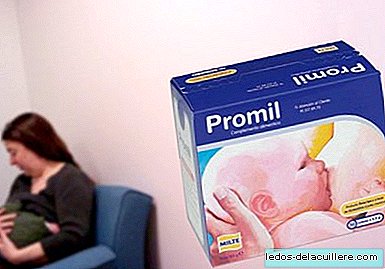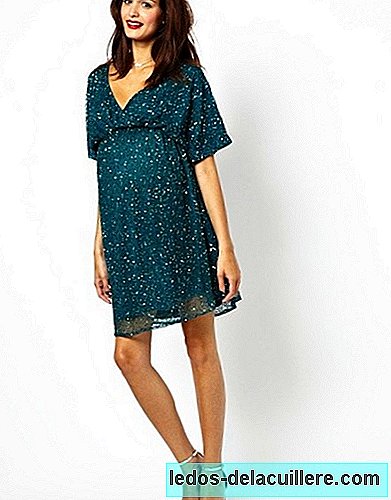
The feeding and even more the feeding of our children and our babies has become an immense battlefield. Parents are constantly bombarded. Commercial interests, marketing strategies and the advancement of our knowledge about nutrition they are making terribly difficult to make food decisions.
A while ago the focus has been on palm oil. That is why we have decided to flee from the noise and look deeply at the pros and cons of the world's most consumed oil.
What is (and what is it used for) palm oil?

Palm oil is produced from the fruits of African palm (Elaeis guineensis), an African species that was introduced in Southeast Asia and some areas of South America and that over time has become one of the essential raw materials in the preparation of food, cosmetics and even biodiesel.
Today, it can be found in a wide variety of processed products: from pizzas or sauces to ice cream and biscuits, effectively, for children's food. And yes, baby milks and baby pots. In general, It is very difficult to find processed products that do not contain This little known oil.
Why is palm oil used?

Our nutritional knowledge (manipulated for years by the industry) It has improved a lot during the last years. For a long time, fats (so in general) were a first-rate food enemy. Later, we discovered that there were good fats and bad fats.
Within those bad fats, hydrogenated fats appeared as especially unhealthy. With their discredit, the producers set out to find a cheap and versatile alternative. Y they found palm oil.
It is cheap, very cheap if we compare it with other oils or fats that are in the market. And also its melting temperature, which is between room and body temperature, makes it especially interesting for baking. It melts only in the mouth giving a pleasant feeling of unctuousness. It is perfect for the food industry.
But of course, as it is a little known fat, the producers began to hide that they used it. The first strategy was to talk about 'vegetable oils'. When investigations began to warn about saturated fats, Regulation (EU) 1169/2011 on food information provided to consumers prohibited hiding it in that way.
Given this, the producers began talking about "palm kernel oil, fractionated and hydrogenated palm kernel fat, palm stearin, palmolein or palm olein, palm butter or using the scientific name of the species (Elaeis guineensis)". ** Whatever it takes to avoid abandoning the "golden egg oil" **.
Is this type of oil bad?

In order not to go around the bush, in general, It is not a highly recommended product. It has a very high percentage of saturated fatty acids. And just for that reason we should be careful. Both the European Food Safety Authority (EFSA) and the World Health Organization (WHO) recommend it.
It is not on a whim, WHO uses reliable evidence that its continued consumption causes cardiovascular problems (among other diseases). However, not all saturated fatty acids are equal, that's true. And in fact, the characteristic palm oil, palmitic acid is produced by animals, plants and microorganisms. In addition to processed products, it can be found in meats or dairy products naturally.
And yes, indeed, in breast milk that also contains palmitic acid. That explains, partially, that the formula milks contain palm oil. Although there are two things to keep in mind: as with other components or nutrients, there are differences between animal palmitic acid and vegetable. And, according to the Spanish case, the compositions of formula milks are very different from those of breast milk.
Is it dangerous to give palm oil products to our children?

This question has two answers. In principle, as far as we know so far, using infant milk for the period of time used is not a big problem. In some cases, the structural differences between the acid of animal origin and that of vegetable origin can produce changes in the absorption of different nutrients (such as fats and calcium), but in general they are differences that fall within the normal ranges. On the other hand, this acid seems necessary to correctly regulate the glucose cycle.
Actually, the problem comes later. Palm oil is in almost all processed products consumed by children: cookies, pots, cocoa creams or butters. That consumption is problematic. Not so much for its direct effects (but also), but because of consuming those products we are educating the palate of our children in a very specific way. It also happens with sugar. This food education makes its consumption more likely in the future and, in the long term, is a major problem.
So what we do?

The best recommendation is calm and common sense. Taking us by fashion, rumors and 'word of mouth' is a bad idea. The really important task is to feed our children today (in the middle of this maelstrom of specialized products of striking colors), but at the same time educate them for the future. Something that seems like an almost impossible task, but that it gives us the opportunity to reeducate ourselves in the process.












